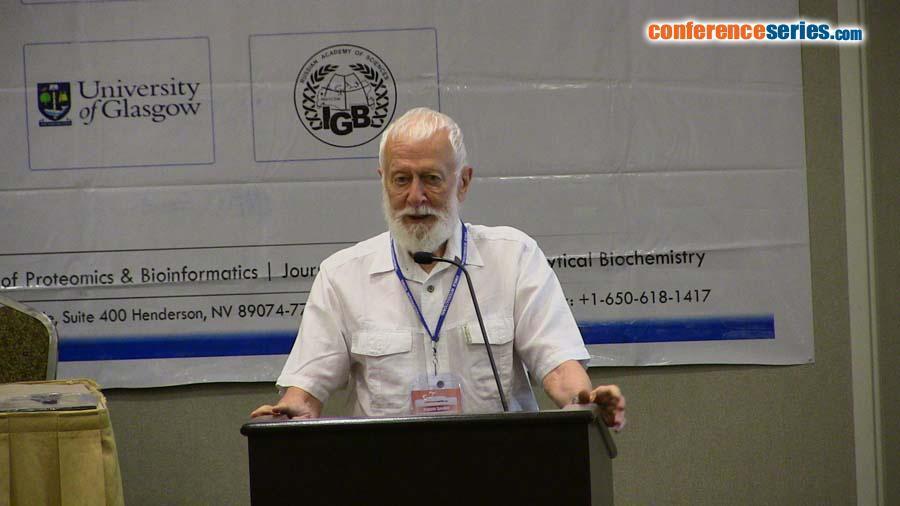
Anatoly D. Altstein
Institute of Gene Biology RAS, N.F. Gamaleya FSRC of Epidemiology and Microbiology, I.M.Sechenov First Moscow State Medical University, RF MH, Moscow, Russia
Title: Origin of biological nucleic acids and the fi rst genetic system (the progene hypothesis)
Biography
Biography: Anatoly D. Altstein
Abstract
Biological nucleic acids perform some well-known fundamental functions like: template; coding of polypeptides; transport of activated specific amino acids; enzymatic (ribozymes); regulating (small RNAs) and structural (ribosomes, chromosomes, virions). The most accepted concept of the origin of nucleic acids and life is the RNA world hypothesis which is supported by many scientists. It is suggested that the first polynucleotides are synthesized spontaneously from mononucleotides on prebiotic Earth. According to the RNA world hypothesis, the first living beings (protoorganisms) consisted of RNA with both the template and the enzymatic functions, without any proteins; the translation process and the genetic code appeared later in evolution. There are very strong objections against the RNA world hypothesis: 1) The emergence of the first protoorganism is impossible without a processive (moving along template) polynucleotide polymerase; at present only distributive polymerases out of nucleotides were obtained; processive polymerases of such nature are unknown and apparently cannot exist in principle.2) Synthesis of long polynucleotides from racemic mixture of different prebiotic mononucleotides is impossible without stereospecific catalysts. 3) Within frames of the RNA world there is no clear understanding of mechanism of genetic code and translation arising. In order to overcome these obstacles and to explain how the first biological nucleic acid (the first gene)arises simultaneously with a specific protein (a processive polymerase) forming a bimolecular genetic system (BMGS), I have proposed an alternative hypothesis (the progene hypothesis) (Altstein, 2015). According to this hypothesis, BMGS emerges not from mononucleotides and monoamino acids, but from progenes, namely, trinucleotides aminoacylated on 3’-end by a nonrandomamino acid (NpNpNp~pX~Aa, where N – deoxyribo- or ribonucleoside, P –phosphate, X - a bifunctional agent, for example ribose, Aa - amino acid, ~ macroerge bond). The progenes are used as the only substrates for interconnected synthesis of a polynucleotide and a polypeptide. The growth of the system “polynucleotide – polypeptide” is controlled by the enzymatic properties of the growing polypeptide, and the BMGS emerges as an extremely rare event. The progene forming mechanism(NpNp+Np~pX~Aa) makes it possible to explain the emergence of the prebiotic physicochemical group genetic code, as well as the selection of organic compounds for the future genetic system from the racemic heterogeneous environment. The BMGS is reproduced on a progene basis via replicative transcription-translation (the first molecular genetic process) that is similar to its modern counterparts. Nothing is required for the emergence and reproduction of the BMGS except for progenes and conditions for their formation, including lipid vesicles and short oligonucleotides (2-6 nb).



